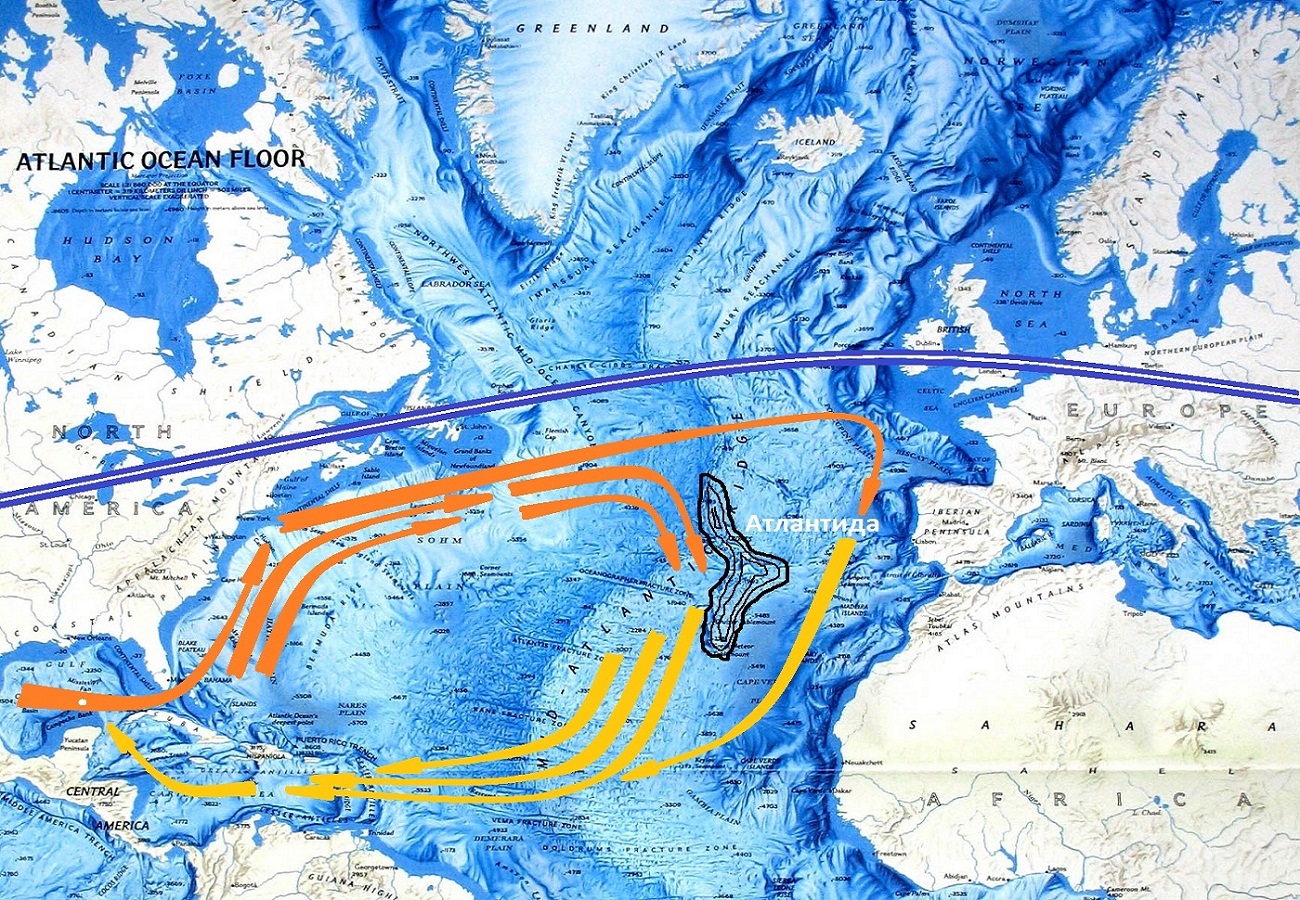
Long Life Atlantique 2 Part 2
Upgrading ATL 2 aircraft to STD 6 will extend their service in the Aeronaval until approximately 2035. The Atlantique aircraft would then be permanently retired from French naval aviation.
For French naval aviation, the ongoing upgrade of the Atlantique 2 anti-submarine patrol aircraft, referred to as standard 6 (STD 6), means great progress in the ability to perform various combat missions in conditions in almost every corner of the world. The ability to operate not only from bases located in the Hexagon, but also in overseas territories (outremers) and in friendly countries (North Africa) and the actual multitasking make them powerful and effective weapons.
The first information about the planned upgrade of Atlantique 2 to STD 6 was disclosed already in 2011. As with the previous STD 5 (more details in WiT 4/2022), the entire upgrade process was split into two phases. The first of these, referred to as the “zero stage”, was already underway at that time and included a risk analysis related to the goals and timing of modernization, as well as a feasibility study. The next stage of the contract - "stage 1" - was supposed to concern "physical" works, based on the assumptions made after the implementation of "stage 0".
New version - standard 6
At the time, Thales, which had just signed a contract to support the Iguane radars in ATL 2 for the next five years, was simultaneously working on a new generation station in this class from an active antenna, using solutions and technologies developed for airborne Radar RBE2-AA multipurpose Rafale. As a result, the new ATL 2 radar will, for example, have an air-to-air range that has not yet been used on naval patrol aircraft.
The modernization also included the replacement of computers and the transition to fully digital processing of acoustic signals as part of the new Thales STAN (Système de traitement acoustique numérique) sonobuoy control system. These changes were necessary due to the planned phasing out of analogue buoys and the introduction of new generation fully digital active and passive buoys. Another “Phase 1” task was to upgrade the thermal imaging camera built into the FLIR Tango optoelectronic head. Operations in Africa (from the Sahel to Libya) and the Middle East (Iraq, Syria) have demonstrated the need for a new device of this type capable of capturing both visible and infrared images. Since the installation of a completely new warhead could lead to a change in the weight distribution and aerodynamics of the machine, it was decided to either upgrade the existing warhead or use a second, new one, located in the rear fuselage on the right. on the side, in place of one of the four buoy launchers.
The next package of improvements was to concern the Aviasat satellite communications system, which was used at that time on the ATL 2 and Falcon 50 aircraft of the French naval aviation. Improved in 2011, it replaced the previously used Iridium satellite phones (they were kept as spares). This is a detachable antenna/remote kit that provides encrypted voice and IP data communication with much higher bandwidth than Iridium. The kit is installed in a matter of hours by replacing the magnetic anomaly detector (DMA) antenna with a satellite dish. The optimal solution for operations over land, in the case of flights over sea basins, was criticized by the crews. According to the assumptions under the new option, within the framework of “phase 1”, the Aviasat system should be supplemented with an upgraded VHF / UHF radio communication system.
The assumptions being developed did not take into account Aéronavale's request to install self-defence devices such as DDM (Détecteur de départ) missile warning devices, as well as flares and dipoles. Until now, in order to protect against short-range anti-aircraft missiles, ATL 2 aircraft flew during combat missions only at medium altitudes.
The program for the purchase of equipment for the armed forces LPM (Loi de programmation militaire) for 2018-2019, adopted in the summer of 2025, initially assumed the modernization of only 11 ATL 2 to the new standard. 2018 out of 6 in service time to reach STD 18. Three aircraft of the Fox variant, previously equipped with optoelectronic heads and adapted to carry laser-guided bombs, were also to be upgraded to STD 22. The remaining four aircraft were to be left in STD 21. In parallel, the fleet acquired spare parts to extend service life. ATL 23 operation in Germany and Italy, i.e. in countries that used to be ATL 6 users.
On October 4, 2013, Dassault Aviation and Thales were formally commissioned by the Directorate General of Armaments (DGA, Direction générale de l'armement) to implement the ATL 2 upgrade program to STD 6 variant. Information processing software and SIAé (Service industriel de l'aéronautique) for the supply operator consoles and the availability of a repair base. The contract value was 400 million euros. According to him, Dassault Aviation was supposed to modernize seven aircraft, and SIAé - the remaining 11. The delivery date for the first seven aircraft was scheduled for 2019-2023.
ATL 6 M2 maritime patrol and anti-submarine aircraft upgraded to STD 28.
The ordered modernization program did not concern the structural elements of the vehicle or its drive, but only increased combat capabilities through new sensors, hardware and software, as well as human-machine interfaces. The scope of work accepted for implementation provided for the modernization of equipment in four main areas:
❙ integration of the new Thales Searchmaster radar with an active antenna (AFAR) operating in the X-band;
❙ use of the new anti-submarine combat complex ASM and the digital acoustic processing system STAN integrated into it, compatible with the latest sonar buoys;
❙ installation of a new L3 WESCAM MX20 optoelectronic head in all 18 upgraded blocks;
❙ installation of new consoles for visualization of the tactical situation.